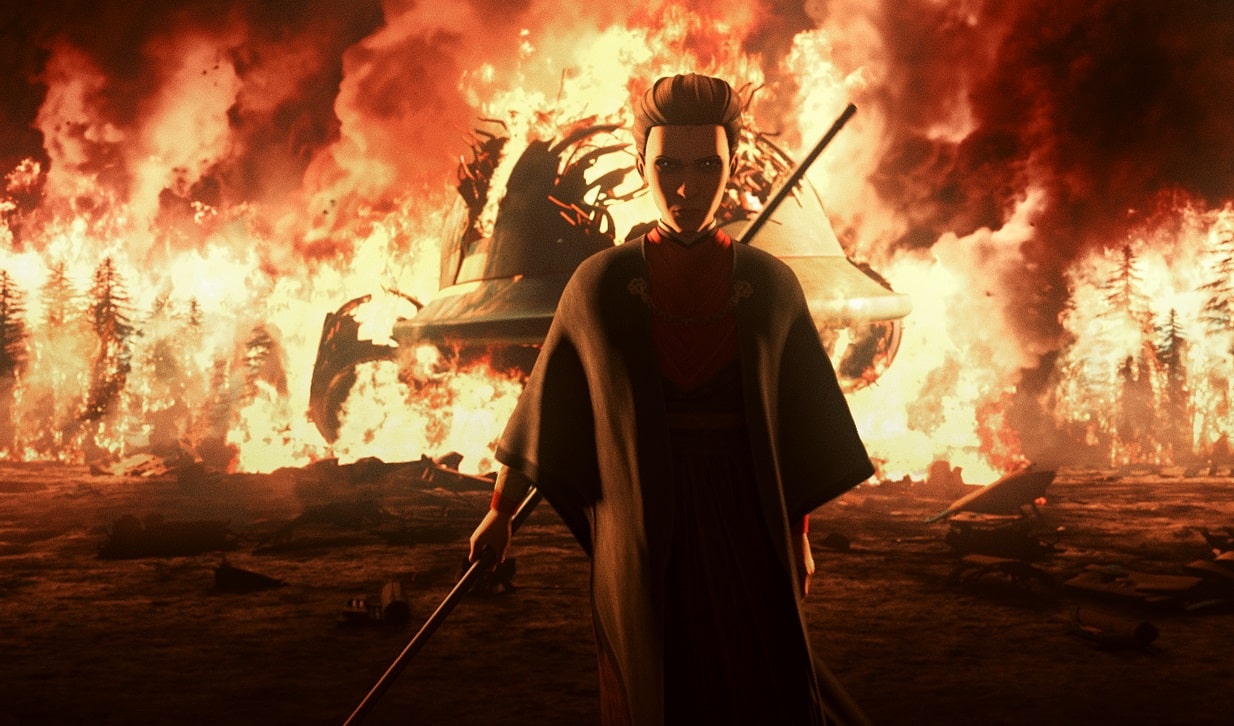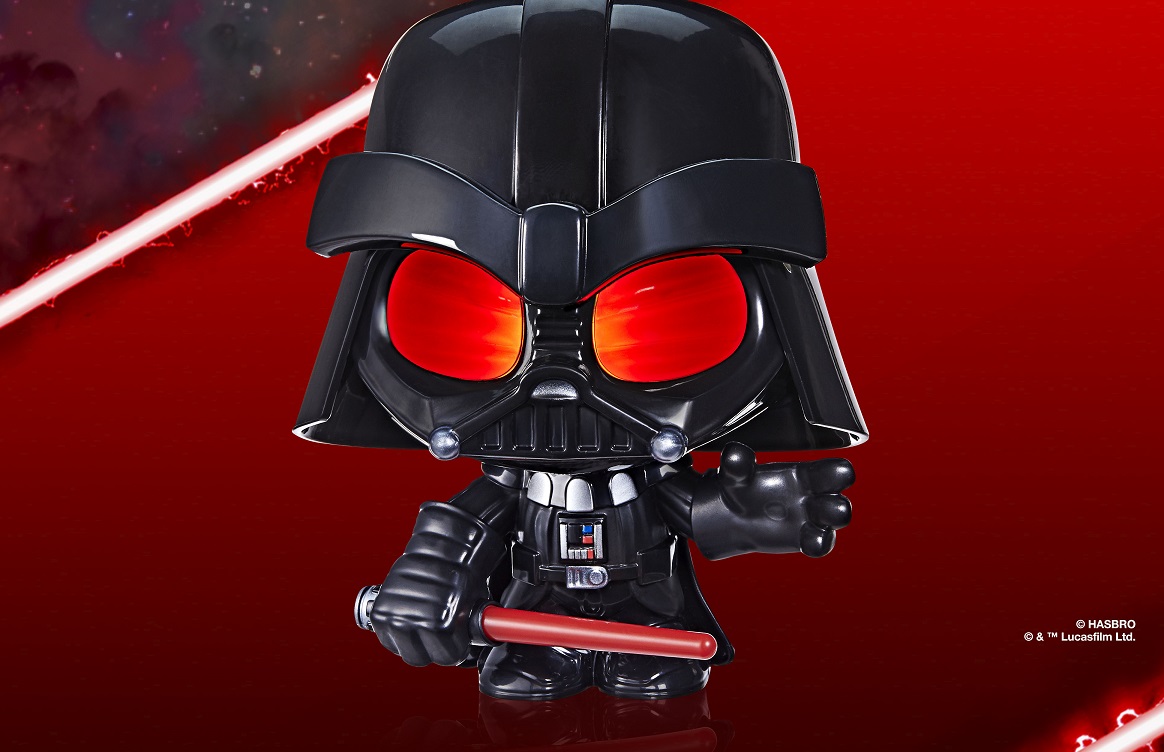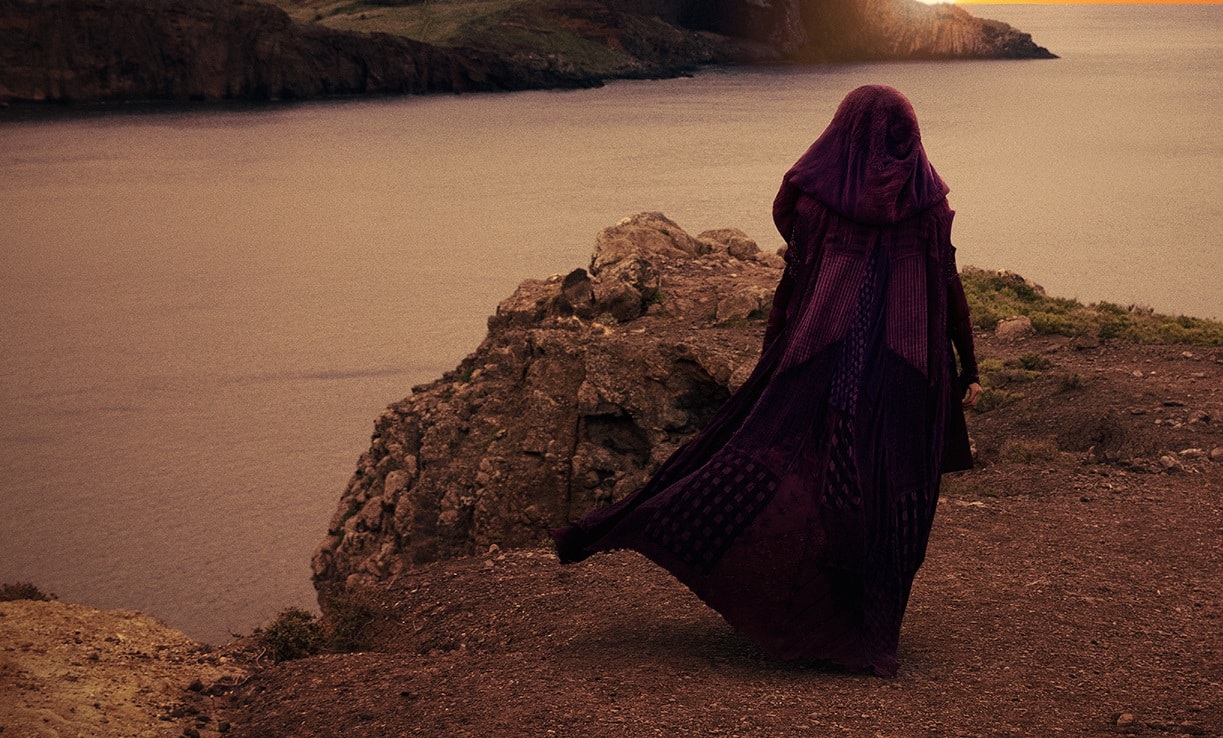Not so long ago in a bookshop not too far away, before the adventures of the mysterious Rey and the petulant Kylo Ren began, cartoonist Jeffrey Brown released Darth Vader and Son, an inventive, family-friendly take on the Star Wars Universe. In the years since the original release of Son, Brown released several more highly-successful titles in the series before returning to work on projects featuring his original characters.
However, the allure of the Force was too strong. Brown has returned to the venerable franchise for this first Star Wars book set primarily in the still-incomplete Sequel Trilogy (which will wrap up with The Rise of Skywalker this December). The latest book, Rey and Pals (Chronicle), shows that Brown has not missed a step. Every page is filled with gags that will make even the most hardcore Star Wars nerds (count this author among them) chuckle with an appreciation for the most obscure hidden references.
The Beat caught up with Brown to talk about Rey and Pals, as well as his relationship with its source material.

AJ Frost: Jeffrey! It’s great to chat with you today about the latest entry in your Star Wars series! I wanted to start by asking you about what goes through your mind whenever you start writing down ideas for your Star Wars books. Before you even put pen to paper, are you reliving the events of the saga through your head and thinking about scenes to draw? Or are you more stream of consciousness in your approach, where an idea will suddenly work itself out in the moment?
Jeffrey Brown: The books usually start with a bunch of ideas that come pretty easily and fast enough that I couldn’t even pinpoint where they came from or when exactly. Then, I go through a phase of thinking about scenes, moments, quotes, and characters that I’d like to use, and try to come up with jokes that would fit. At some point, I start running out of steam with that phase, and I start thinking about real-world situations that I’d like to make jokes about, and try to find the right scene to pair those ideas with. I’m constantly re-watching the films so there’ll still be times where ideas will come to me that I wasn’t expecting.
Frost: Can you tell me a little bit about your relationship to Star Wars and how it has influenced your creativity? Is there any particular connection between the films (or any spin-off media) and your personal style of storytelling? What does Star Wars mean to you as a creator?
Brown: The biggest influence I’ve gotten from Star Wars is just being inspired to create. Seeing the Ralph McQuarrie concept art and Joe Johnston storyboards when I was a kid was something that made me want to draw and create, and not just within Star Wars universe or even science fiction. The idea of using imagination to tell stories resonated with me in ways I didn’t fully understand at the time.

Frost: Rey and Pals is your return to the Star Wars universe after a several year break. It’s also your first book to explore the Sequel Trilogy. Was there any challenge to returning to Star Wars after working on your own projects? Were you ready to dive back into the realm of Jedi, Sith, and the galactic balance between good and evil?
Brown: The first big challenge was not being able to rely on the familial relationships of the original trilogy, where there was an inherent emotion built-in beneath everything. The other big challenge was not having as much material to pull from — essentially two films, rather than a half dozen plus books and comics and cartoons and more. Ultimately, that helped give the book a little different feel and made it easier for me to approach a new Star Wars book feeling refreshed.
Frost: While the Original Trilogy is burned into the American psyche, and the Prequel Trilogy has been warped as almost an ironic pleasure by the likes of internet trolls, the still-incomplete Sequel Trilogy is fresh territory to explore. How did you choose which moments to tackle? Were there that had to be left on the cutting room floor?
Brown: There’s always plenty of material to be cut — I think I had around 180 ideas for this book! Some I knew were jokes that would be too dark, or might not fit with the tone Lucasfilm wanted to portray. In the end I go with what feels right and would be fun to draw. I knew I had to find a way to draw everyone at Maz’s castle and put BB-8 in as many images as I could. The most important thing is trying to maintain the tone of kindness, hopefulness, and sweetness and so as much as I liked my joke about the rebel soldiers always taste testing planets, it didn’t quite make sense to include.

Brown: It’s fun, though still a struggle not knowing where characters like Rey will end up, or what their origins really are. Luke, Leia, and Han were all tough, too; I had to make them seem older but not too old, and give them a continuity to how they were in my other Vader books.
Frost: Star Wars is such a cultural force that even people without much knowledge of the franchise will know at least one element about it. How do you balance appealing to the casual reader who may not know the specific references while also ensuring that the hardcore fan has something to look for on each page?
Brown: I think the general ideas, emotions, and jokes are all pretty universal, and even if you’re not familiar with Star Wars you can still find it funny when Hux gives a grandiose speech on the playground. At the same time, I try to fit in nods for the more knowledgeable fans. I think the balance comes from being a pretty knowledgeable fan myself, but always trying to draw on real life for the emotional current running through the books.
Frost: Years ago, when Darth Vader and Son was first released, I gave a copy to my dad. He’s since passed away, but I proudly display the book on my shelf. Have you ever received feedback from readers about how the books affect them and allow them to share Star Wars through the generations? What does that mean to you?
Brown: Drawing Star Wars was a childhood dream, and it’s pretty fun, and that alone would make drawing these books pure pleasure. The fact that they’ve enabled me to continue building a career as a cartoonist and make a living doing what I love was an added bonus. But ultimately, my goal as an artist has always been to make work that connected with people on a meaningful level, so the fact that these books have been able to become something special between parents and kids is like icing on a giant, awesome cake.
Frost: Are there certain moments that you are eager to recapture in any future editions?
Brown: I managed to fit in Bagwill and the kids who take care of the racing fathers into Rey and Pals, but I think there’s something more to that scene if I can find the right concept. Really, though, I’ll have to wait and see what Rise of Skywalker brings. Hopefully lots of new creatures and locations and moments to explore. I also really liked Rogue One, and those characters plus characters from Solo could be fun to work with. Of course, Rogue One gets a little dark, so I need to think about that!
Frost: Thank you so much for taking the time to chat with me!
Brown: Thank you!
Rey and Pals is available now from Chronicle Books. Learn more about Jeffrey Brown on his website and Instagram. This fall, Jeffrey will be appearing at the Miami Book Fair. The fair takes place November 17-24.








